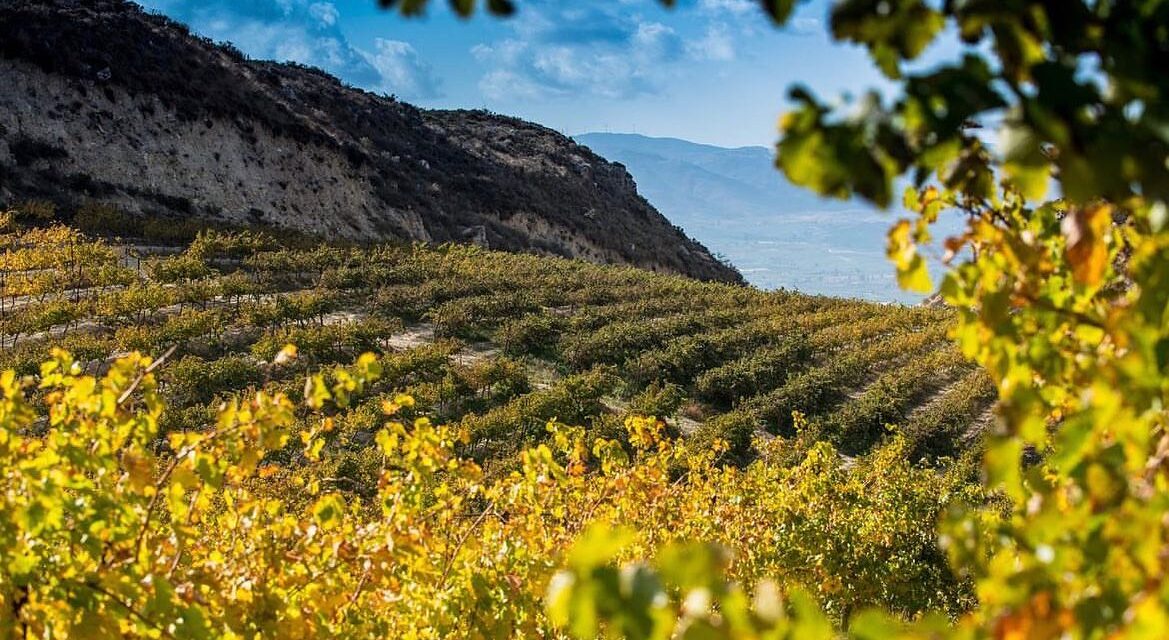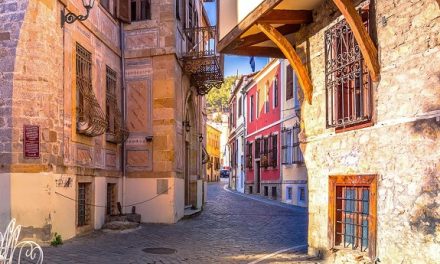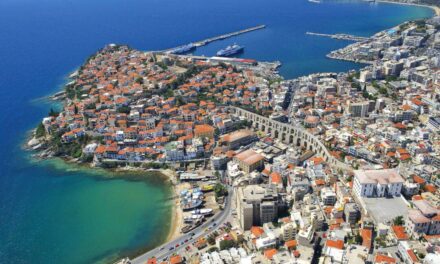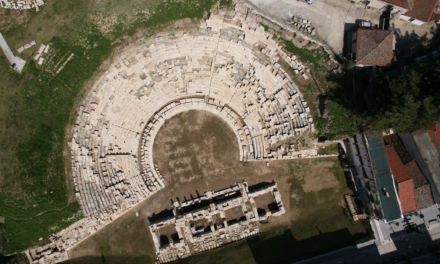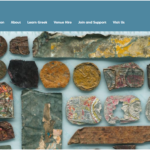The Island
Crete is the largest island in Greece and the fifth largest in the Mediterranean; it is a magnet for millions of tourists, who come to enjoy its unique beauty, local hospitality, its warm climate and its beautiful beaches and clear waters.
One of Europe’s earliest civilizations flourished on Crete from about 3000 BC to 1400 BC. A century ago, Arthur Evans’ excavations unearthed the wonder of the Minoan civilization and the oldest architectural monument in Europe, the Palace of Knossos. For many centuries, the island has been a crossroads of peoples and cultures, and has been subject τo conquest and conflict, from the roman times to World War II.
Crete is home to the most historic vineyard in Europe, if not the world
Grapes have been systematically cultivated in Crete for around 4,000 years; their presence and contribution to the island’s economic and social life has been continuous from the earliest Minoan years to the present.
It is no coincidence that the oldest grape press, more than 3,500 years old, was discovered at the Minoan archaeological site of Vathypetro, in the wider Heraklion region. From Homer, we know that Cretan wines were famous throughout the then-known world. In addition to the 3,500-year-old wine press, impressive amphorae, huge underground storerooms, depictions of vineyards and wine in murals, but also countless records of large quantities of wine in the Minoan archives, all point not only to the central role that wine played in the life of the island, but also to the high level of knowledge of the Minoans on the subject.

Crete is home to one of the largest vineyards in Greece, both in terms of area and production volume. It is the most historic one in Europe, if not the world. Archaeological excavations and historical and archival research have shown that from Minoan times until today, the vineyard of Crete has existed continuously and uninterruptedly and has been in constant production. It is therefore natural that vines and wine are inextricably linked to the daily lives of the inhabitants of Crete and to multiple aspects of their public and private lives.
Cretan wine became known outside of the island. The Minoans sailed all over the Mediterranean, with their ships laden with the products of the Cretan soil, reaching the court of the most powerful man in the ancient world, the Egyptian pharaoh: in Egyptian frescoes we see Cretans arriving with their ships in Egyptian ports. Amphorae, probably filled with Cretan wine, also stand out among the goods. In the wreck of one such ship, discovered by archaeologists off the coast of Turkey, an over 3,000-year-old amphora of this type was discovered, still sealed and full of wine.
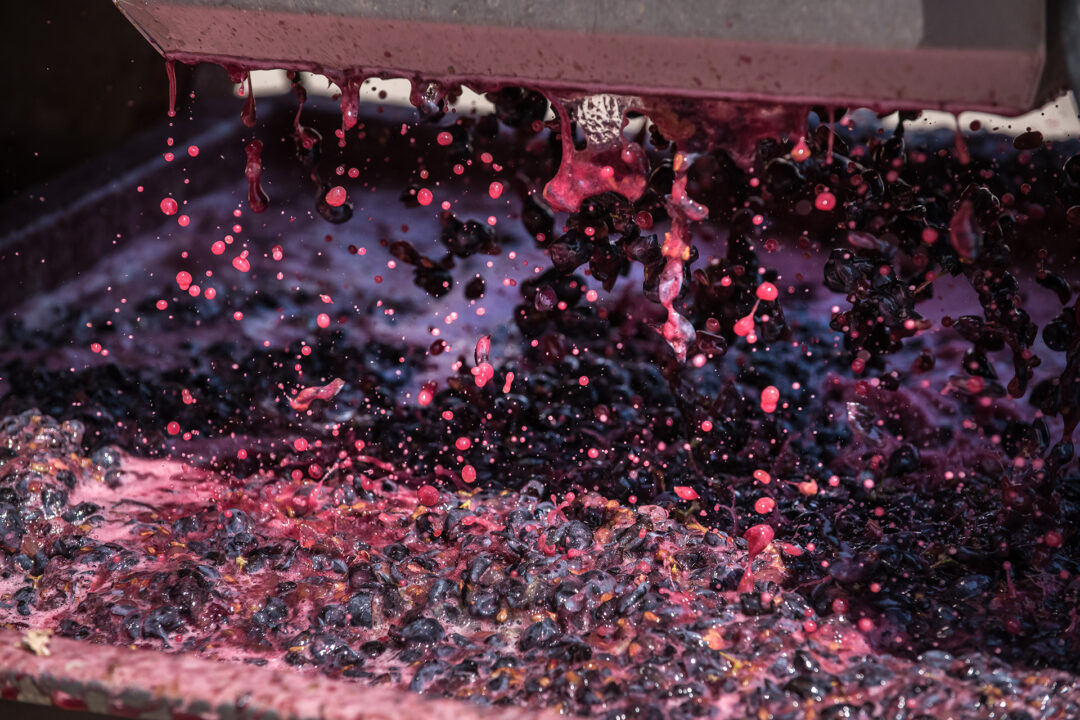
The Roman Empire conquers Crete and Cretan wine conquers Rome
When Crete became a province of the Roman Empire, the Romans realized that their need for wine, which they particularly loved, was so great that it could not be covered by the vines of the Italian peninsula. They therefore turned to Crete and its plains and hills, which were gradually transformed into huge vineyards, while Cretan winemakers increasingly improved their winemaking methods and produced excellent sweet wines, which, through Rome, conquered all the then known world . Many Greek and Latin writers of the time praised Cretan wine, believed to have medicinal properties. The numerous Cretan amphorae found are indisputable witnesses to this ancient commercial success. One of them, in fact, found in Pompeii, still bears on its mouth the Latin inscription “CRET EXC,” which, according to scholars, means “Excellent Cretan wine”.
Venetian and Ottoman era
As Christianity began to slowly spread throughout the world, the pagan Roman Empire went into decline. Greece, along with a large part of the eastern Mediterranean, became part of the Byzantine Empire, and Crete became embroiled in a series of wars and conflicts that did not favor the cultivation of vines and the production of wine. Crete was eventually conquered by the Venetians in 1204. In Byzantine Greece, the production and especially the exports of wine suffered greatly. However, Crete, which in fact benefited from the security of trade networks offered by the Venetians, began the second -and largest- “invasion” of European wine markets in its long history.
Cretan winemaking and exports flourished under Venetian rule. More than 20,000 bottles of premium quality wine were exported each year. Half a century later, exports would reach 60,000 barrels. In 1669 Crete was conquered by the Ottomans. For the next two centuries the picture of wine production in Crete is unclear, but Islam’s prohibition of alcohol consumption could only have had negative consequences.
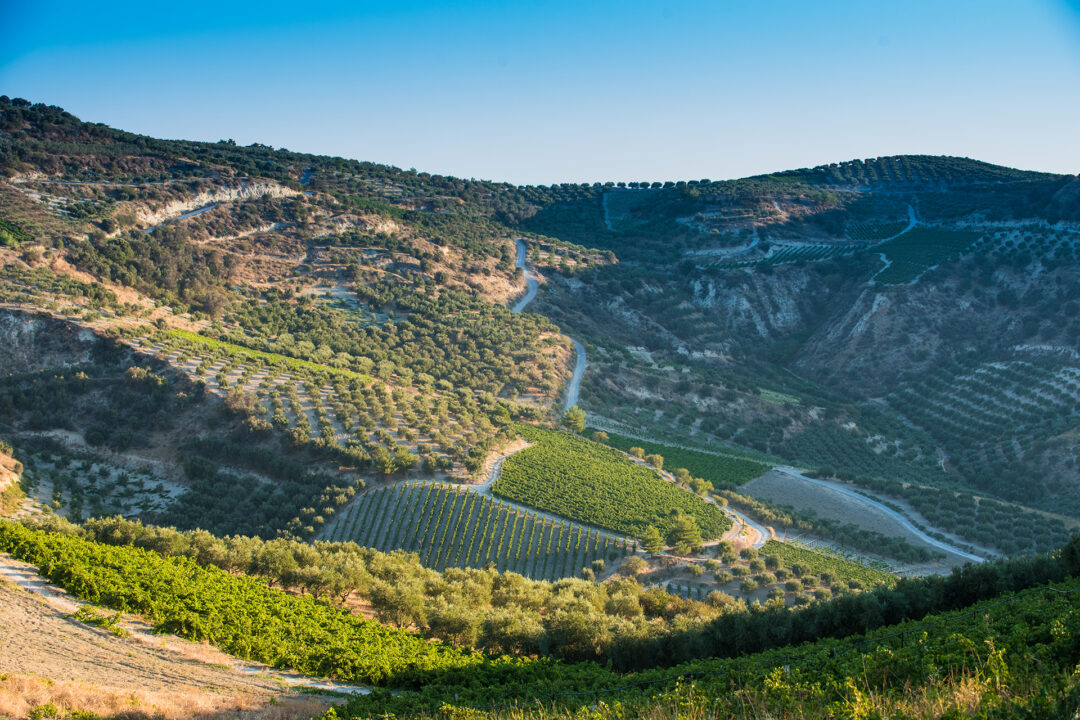
Cretan wine in the 20th century
Crete was freed from Ottoman rule at the end of the 19th century. The island’s new autonomous administration, quite progressive and independent, promoted with all its might the reorganization and modernization of its agricultural production. Thus began the revival of wine production. At the international exposition organized in Chania in the early 20th century to promote new Cretan products to Western markets, 18 winemakers are awarded for the quality of their wines.
In 1913 Crete was annexed to the Greek state. However, Greece’s troubled history in the following decades, riddled by successive wars, was not helpful for exports, a fact particularly true for wine. Despite those obstacles, Cretan winemaking tradition survived thanks to the power of family. Even today, many of the modern wineries that produce and export these wines, which are increasingly well known in foreign markets and awarded in international competitions, come from large and medium-sized landowning family businesses that have kept the tradition and love of wine alive.
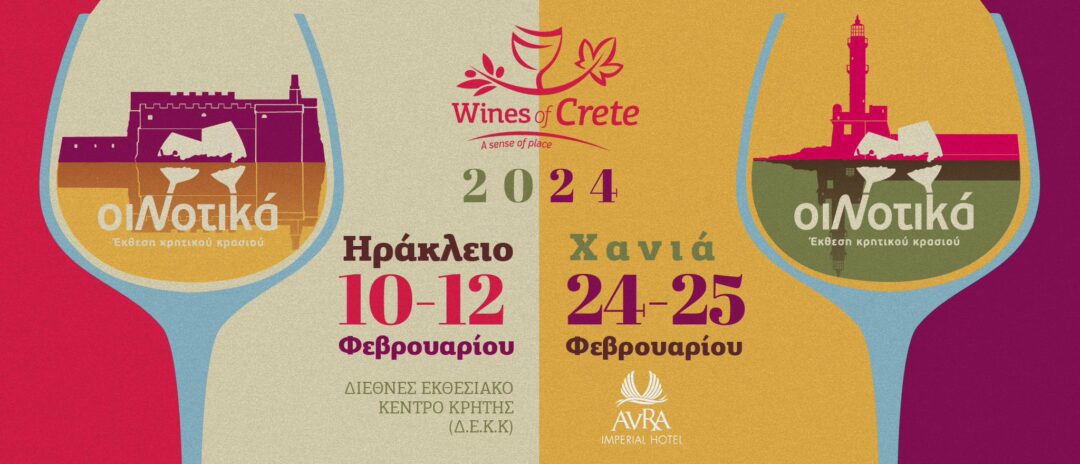
Today
In modern times, Cretan wine has won the attention and preference of the broader consumer public. Cretan wines are a precious legacy of traditional varieties, perfectly adapted to the island’s climate conditions. The plethora of local varieties, the diversity and uniqueness of the various wine regions, and also the great tradition of the Cretans in wine are the foundations for the current quality of Cretan wine and its continued upward trend.
Cretan vineyards cover 12.8% of Greece’s wine regions and rank 3rd among the country’s 9 wine-growing areas. The geographical indications for Cretan wines are as follows:
PDO Malvasia Sitia – Lasithi
PDO Peza – Heraklion
PDO Archanes – Heraklion
PDO Dafnes – Heraklion
PDO Malvasia Handakas-Candia – Heraklion
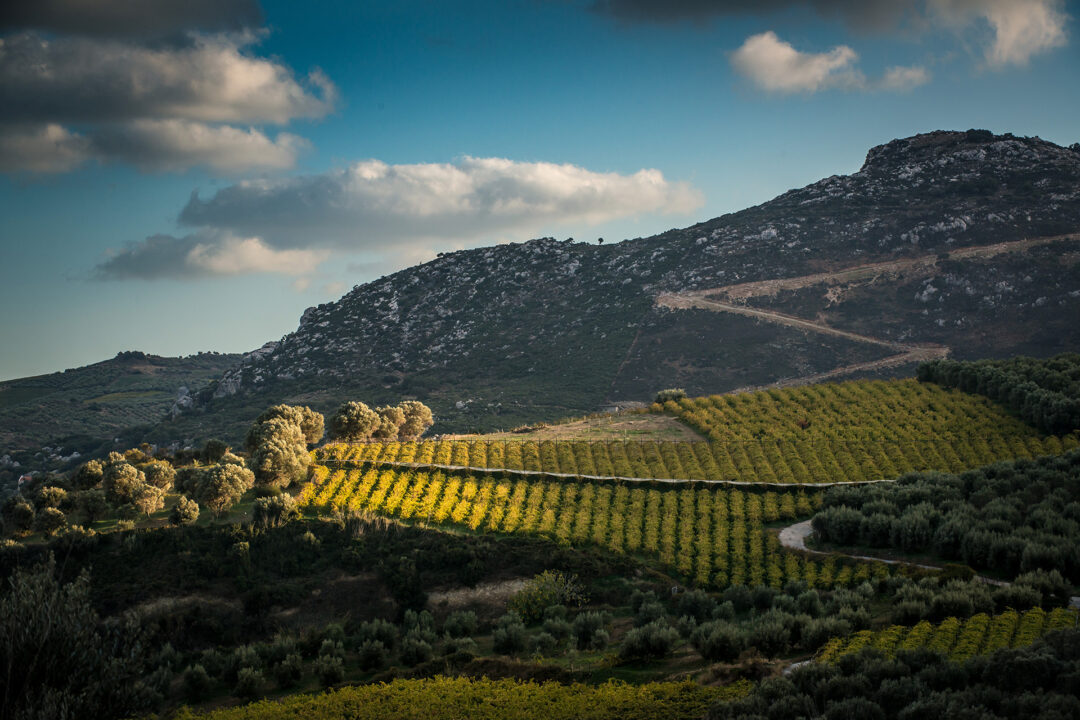
However, this tradition would not have lasted this long without expertise and technology. Cretan winemakers have taken new developments seriously, as well as consumer preferences. The new generation of winemakers, viticulturists, etc., who seek to improve the image of Cretan wine in all its aspects has greatly contributed to this. Cretan wine remains at the forefront of Greek wine production, having known the most substantial and impressive development in this regard compared to any other region in the country.
Info and image source: www.winesofcrete.gr
Read also via Greek News Agenda: Wine routes of northern Greece – Chalkidiki; Discover Wines of Greece; There are over 100 Greek PDO products
N.M. (Translated from an original article in Punto Grecia)
TAGS: ECONOMY & DEVELOPMENT | GASTRONOMY | HERITAGE

